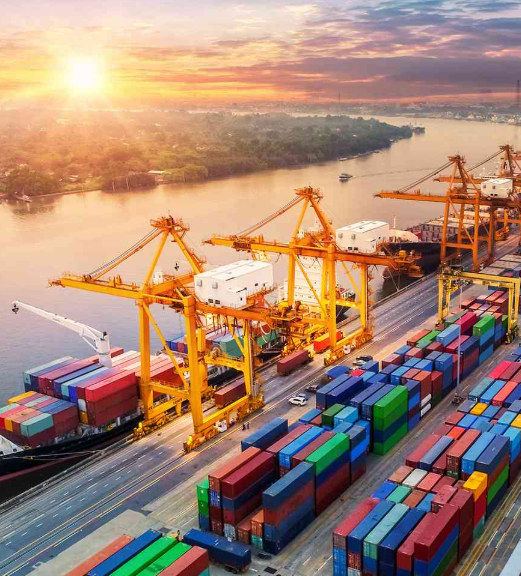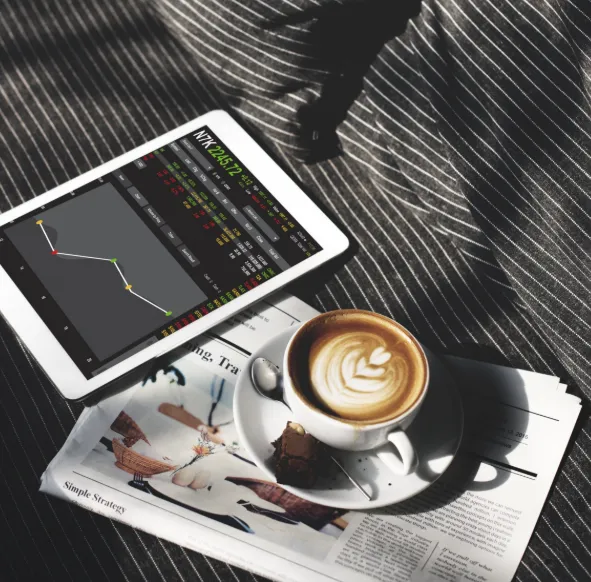When people hear about tariffs, the topic often sounds distant or only relevant to big corporations and governments. However, the reality is far more personal. Tariffs influence what we pay at the checkout, which products are on store shelves, and even where jobs are created or lost. At its core, a tariff is a tax imposed on imported goods. It’s paid to the government by companies bringing in foreign products, and those extra costs usually trickle down to the consumer.
The United States applies tariffs for various reasons—sometimes to protect local industries, other times to challenge perceived unfair trade practices, and occasionally for broader geopolitical purposes. Over the past several years, U.S. tariff policy has shifted dramatically, leaving a lasting impact on global commerce.
A Timeline of Tariff Policy Shifts
The most significant transformation in recent years began in 2018 during Donald Trump’s first presidency. The administration enacted sweeping tariffs, targeting a wide range of Chinese products, and extended some to nations like Canada and those in the European Union, particularly on materials such as steel and aluminum. These moves aimed to defend American manufacturing and pressure trading partners to modify their trade behaviors. Retaliatory tariffs from affected countries followed, escalating into what became widely known as a trade war.
When Joe Biden took office, he chose not to eliminate those tariffs. Instead, he emphasized diplomacy and sought to strengthen trade relations with allied countries. Although the strategy changed, the underlying import taxes remained largely in place.
In 2025, with Trump returning to the presidency, tariff policy ramped up once again. The administration introduced steep increases—raising duties on steel and aluminum to 50% and implementing a flat 10% tariff on nearly all imported goods. China continued to face some of the harshest tariffs, reaching up to 30%. New tariffs also targeted imports from countries such as Japan, Brazil, and South Korea, with many set at 25%. These measures reflect a broader agenda that goes beyond economics—focused on reshoring manufacturing, securing supply chains, and enforcing trade discipline.
The Global Ripple Effect of Tariffs
Tariffs don’t exist in a vacuum. When import taxes go up, so do prices. Businesses affected by these costs usually raise their prices to compensate, leading to more expensive goods for consumers. Everyday items—from smartphones to household appliances—can all be affected.
Beyond higher prices, tariffs disrupt global supply chains. During the U.S.–China trade standoff, many companies began sourcing components from alternative countries such as India, Vietnam, and Mexico to bypass added costs. This kind of reshuffling alters global job distribution and production hubs.
Another major consequence is unpredictability. When businesses are unsure how trade rules might evolve, they often delay investments, hiring, or expansion plans. This hesitancy can lead to slower economic growth not just in the U.S., but also in partner countries.
Tariffs as Political Tools
While economic outcomes are a major focus, tariffs also play a strategic role in foreign policy. For example, the U.S. has restricted certain high-tech imports from China not only to safeguard American tech firms but also to reduce perceived national security threats. More recently, proposals for “carbon tariffs” have emerged—adding fees to goods from countries with high pollution levels. This approach aims to level the playing field for companies in nations with stricter environmental standards.
In this sense, tariffs have become a tool for addressing global challenges—from defending digital infrastructure to incentivizing climate responsibility.
What’s Ahead for Trade Policy?
Looking forward, the direction of U.S. tariffs is uncertain. With shifting political leadership and an unpredictable global landscape, policies can change rapidly. Conflicts, pandemics, and environmental disruptions all play a role in shaping trade decisions. One constant, however, is America’s influence—particularly under Trump’s renewed leadership, where tariff decisions are likely to continue reshaping international trade.
Closing Thoughts
Though often seen as complex or distant, tariffs affect everyday life in tangible ways. They impact the price tags on goods, determine where products are manufactured, and influence corporate strategies across the globe. As trade policies continue to evolve, understanding how tariffs work—and why they’re used—helps make sense of broader economic trends that affect us all.












